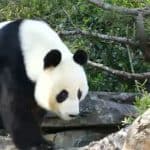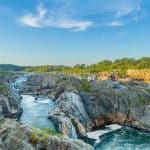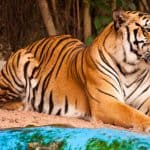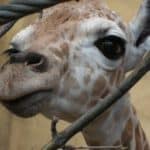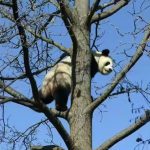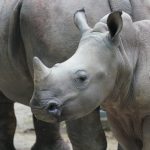September came at last, trees are tinged by yellow colors , and one could sense some adventures from all of it. Everyone is in anticipation of this exciting event – Amur leopard and tiger trapping. I name this event to be exciting not only because we are faced with trapping wild and rare big cats (which is exciting of course), but also because this event is a time of meetings with people from different parts of our planet – with old and new friends, with colleagues and just with interesting people.
This time our camp was set up in the valley of Sanduga river (like in 2009), on the border with “zakaznik Leopardovy” (a wildlife reserve ). The backbone of our team were the common participants of this event – field biologists John Goodrich (WCS), Alexandr Rybin (WCS), Alyona Salmanova (WCS), Viktor Storozhuk (WCS), Dina Matyukhina (WCS), and veterinarians: John Lewis (Wildlife Vets International) and myself (zslblogs). In addition there were a lot of other people on the trapping site, who also took part in trapping – Igor Nikolaev (well known Russian field biologist, who devoted his life to research of Amur tiger), photographer and traveler Alexey Chernykh (author of main part of pictures used here), John Slaght (field ornithologist, studying eagle-owl, WCS). Many other interesting and well known people came to visit us during trapping – biologists Adam Barlow (East and South-east Asia Programme Manager, ZSL), Christina Greenwood (Sundarbans tiger project, ZSL), Linda Kerley (ZSL, Amur tiger and leopard project manager, ZSL), Dale Miquelle (WCS director, Russia), vet pathologist Danis McAlose (pathologist in the chief of Wildlife Health center, Bronx zoo, WCS) and others
Though, the main point was a leopard capture, we were interested in tiger capture as well because it is significant for studying of both biological and veterinary aspects of big cats conservation. So, three snare lines were planned to set up – two lines on the tops of the ridges ( ridges are favorite inhabitation of leopards) and one on the road along the wide dry spring (Amur tiger prefers roads for walking). Setting snares is a quite labour-intensive process that takes several days. Every snare was equipped with a transmitter, which starts to produce signal when an animal gets caught. We could spot a signal with receiver from the camp. To avoid a long time of animal presence in the snare, signal was checked systematically during a day, and every hour during a night. In addition, three teams (each one of two persons at least) checked snares visually every morning.
Well. Snares are finally set up and season is considered to be opened. Nothing remains now, but to wait when animal will walk along trap line and be caught to one of our snares.
We waited for couple of weeks until we had caught our first cat. Our happiness was endless, when guys on duty had reported about tiger in the snare in one morning. We started urgent preparation. John Lewis and me prepared and checked all veterinary packs, girls heated fluids for possible intravenous therapy in case of animal overcooling, and other guys prepared weighting equipment and equipment for darting. Once all preparations were finished we moved to the place of tiger capture. We walked to this place as it was not too far from the camp (it was in expected by ourselves place – on the road along the dry spring. It was big male. The role of each person in this procedure was exactly determined and after animal was successfully immobilized, everyone started his work. John Lewis provided anesthesia and physical examination of the cat, biologists did measurements and made a pictures (John Goodrich), did recordings, I was trusted to do blood sampling and intravenous fluid therapy to ease animal recovery from anesthesia. After all procedures were done, animal was weighted – everyone came back to the camp to have a rest. Everyone besides vets… For us work was not finished. We should do a lot of things with blood and other samples – serum separation, smear preparation, proper labeling and providing of proper storage (liquid nitrogen), available hematological tests, blood and fecal smears microscopy, repacking of vet kits, making of veterinary reports. But all this stuff is devilishly nice when you realize that work runs!
After two weeks we captured our second tiger. It was also male, but of smaller size. This time animal was caught on the high ridge in the nighttime which made this work to be more difficult, but more interesting in the same time. We had to work with head torches. Animal was recaptured in one week, on the road not far from the camp, where the first one was trapped.
Bears were systematically captured during the trapping. Such a catch is not so important for us but it is also very significant for big cats conservation as it is useful to investigate animal and test its samples for diseases which could be dangerous for leopards and tigers. I was allowed to be anesthetist in the charge in these cases. It was very important for me as I’m quite a young vet and such opportunities no doubt rise your veterinary skills. Such responsibility makes you more organized.
We had deal with few cases of small carnivores (Siberian weasel, fox) necropsies. Animals were given to us by forest rangers. John and I tried to determine the cause of animals’ death, when it was possible. It was also significant moment as these species could carry diseases dangerous for targeted species – big cats.
So, the greatest fruitful work was done for this season, which no doubts will help to protect leopards and tigers in the future.
Thank to all who support us financially and mentally in our work.



